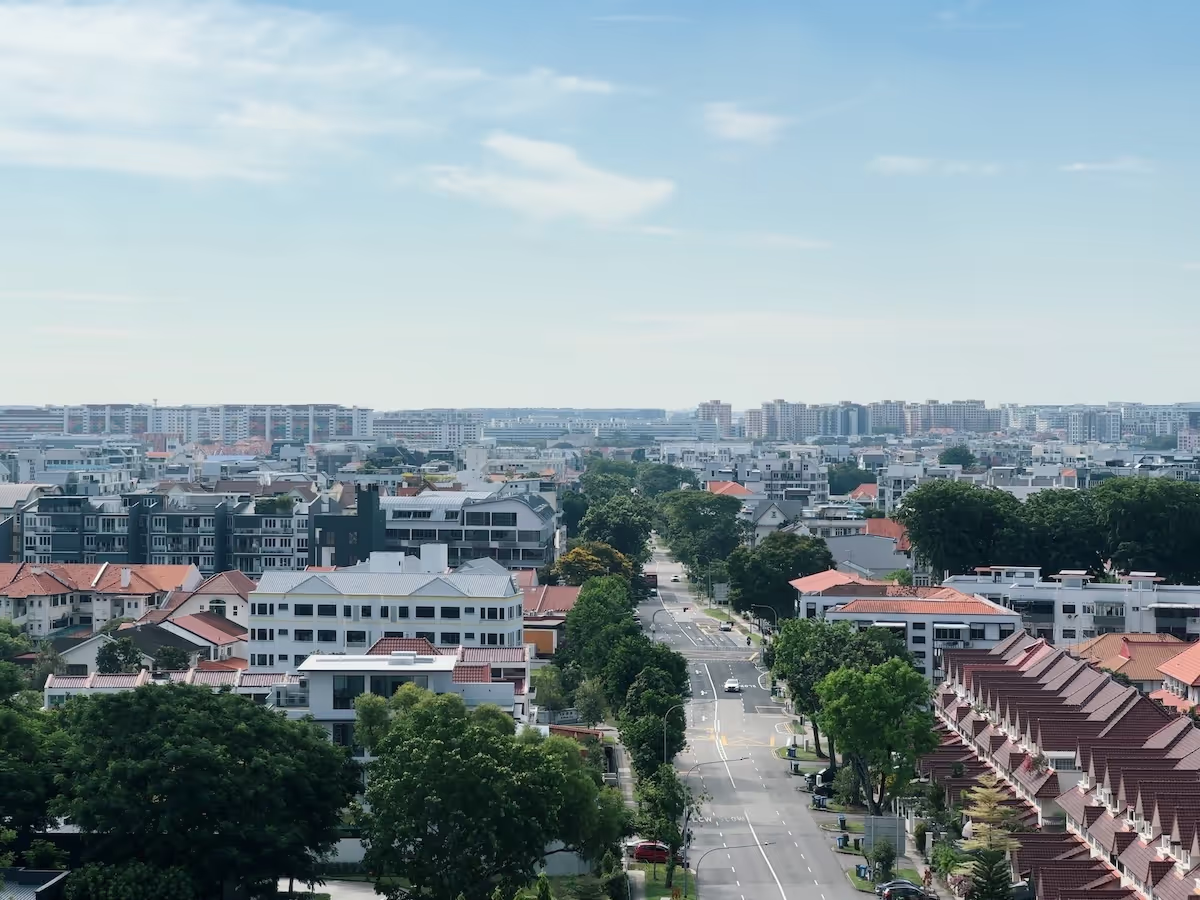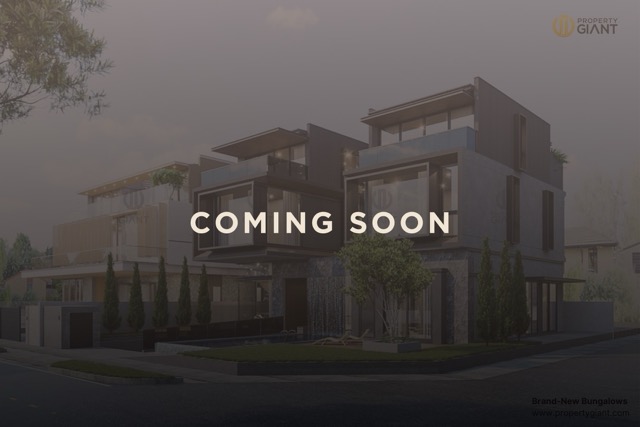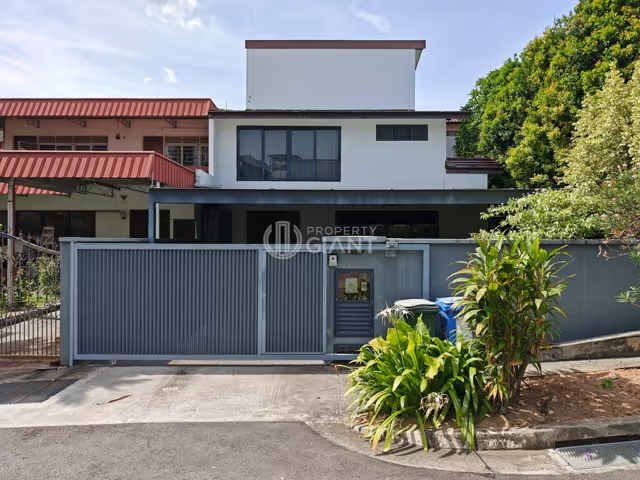On 3 July 2025, Singapore's government announced a revision to the Seller’s Stamp Duty (SSD) policy to further temper speculative activity and reinforce long-term stability in the private residential property market. Effective 4 July 2025, the changes reintroduce a 4-year holding period and increase SSD rates, sending a clear signal that short-term flipping is discouraged.
The revised SSD rates apply only to private residential properties acquired on or after 4 July 2025. If your Option to Purchase (OTP) was granted, exercised, or accepted before this date, the previous SSD rates and 3-year holding period still apply. The relevant date used to determine this is typically the date of acceptance of the OTP, or alternatively the date of the Sale & Purchase Agreement or transfer if no OTP is involved. This means if you purchased your unit before 4 July 2025, you're not affected by the new rates — even if you plan to sell within four years.
What does this really mean for homeowners, investors, and the broader market?
Let’s break it down.
What Changed?
This reinstates the SSD structure from 2011, effectively adding back the fourth year and increasing each applicable rate by 4 percentage points.
Who Will Be Affected?
The updated SSD policy is designed to target short-term property flippers and speculative buyers – individuals who enter the market with the intention to resell quickly for profit. These are the groups most impacted by the increased tax penalties.
By contrast, genuine homeowners and long-term investors remain largely untouched, as holding periods beyond four years are already the norm across Singapore’s property segments.
Let’s explore this further:
Average Holding Periods by Region
Data from URA and SRI Research – based on the Top 5 Sub-Sale Transactions in 1H2025 – shows that the average holding durations across all regions comfortably exceed the new 4-year SSD threshold:
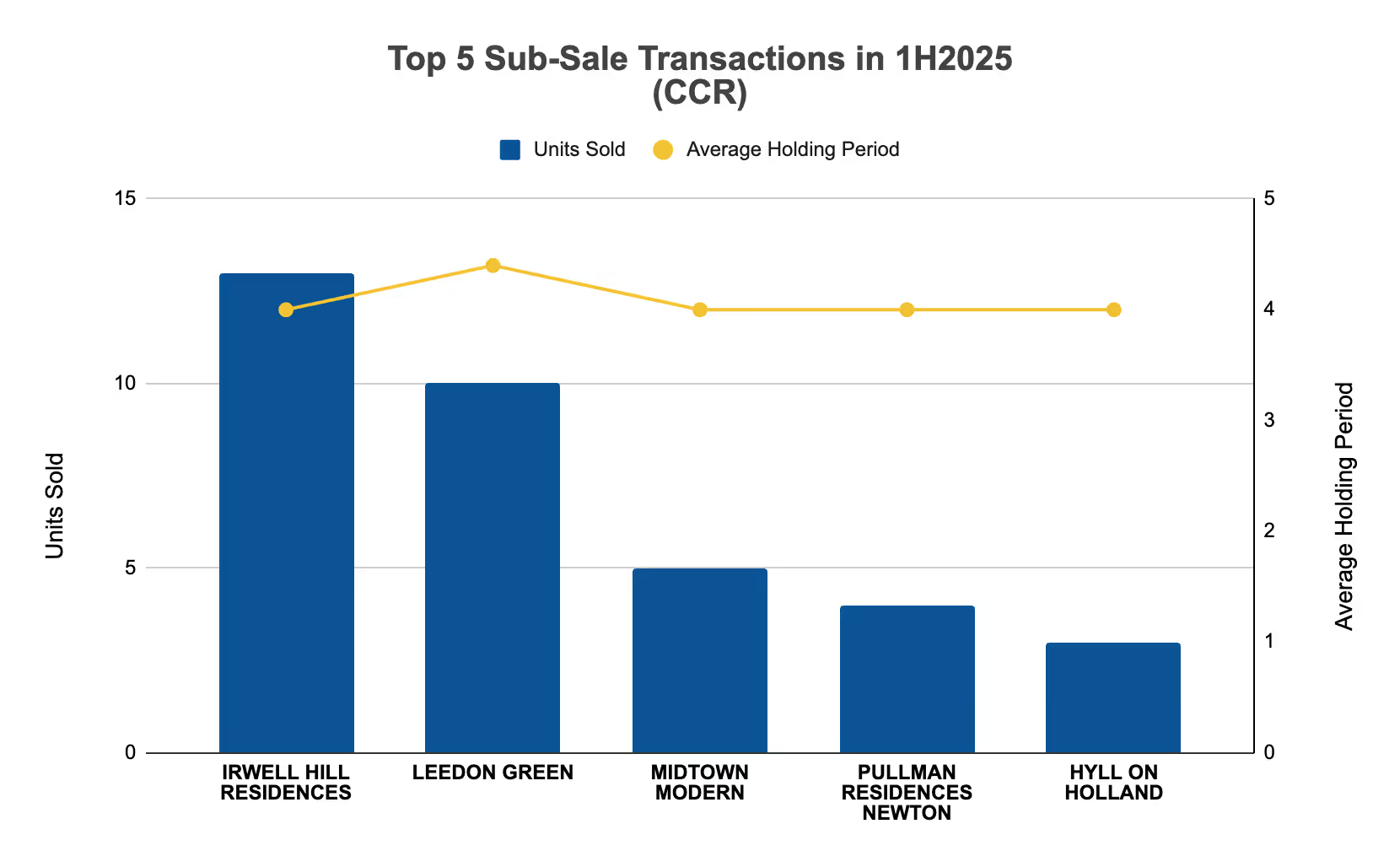
Core Central Region (CCR): ~4.4 years
Luxury and prime district buyers tend to hold for lifestyle or legacy reasons, not short-term speculation.
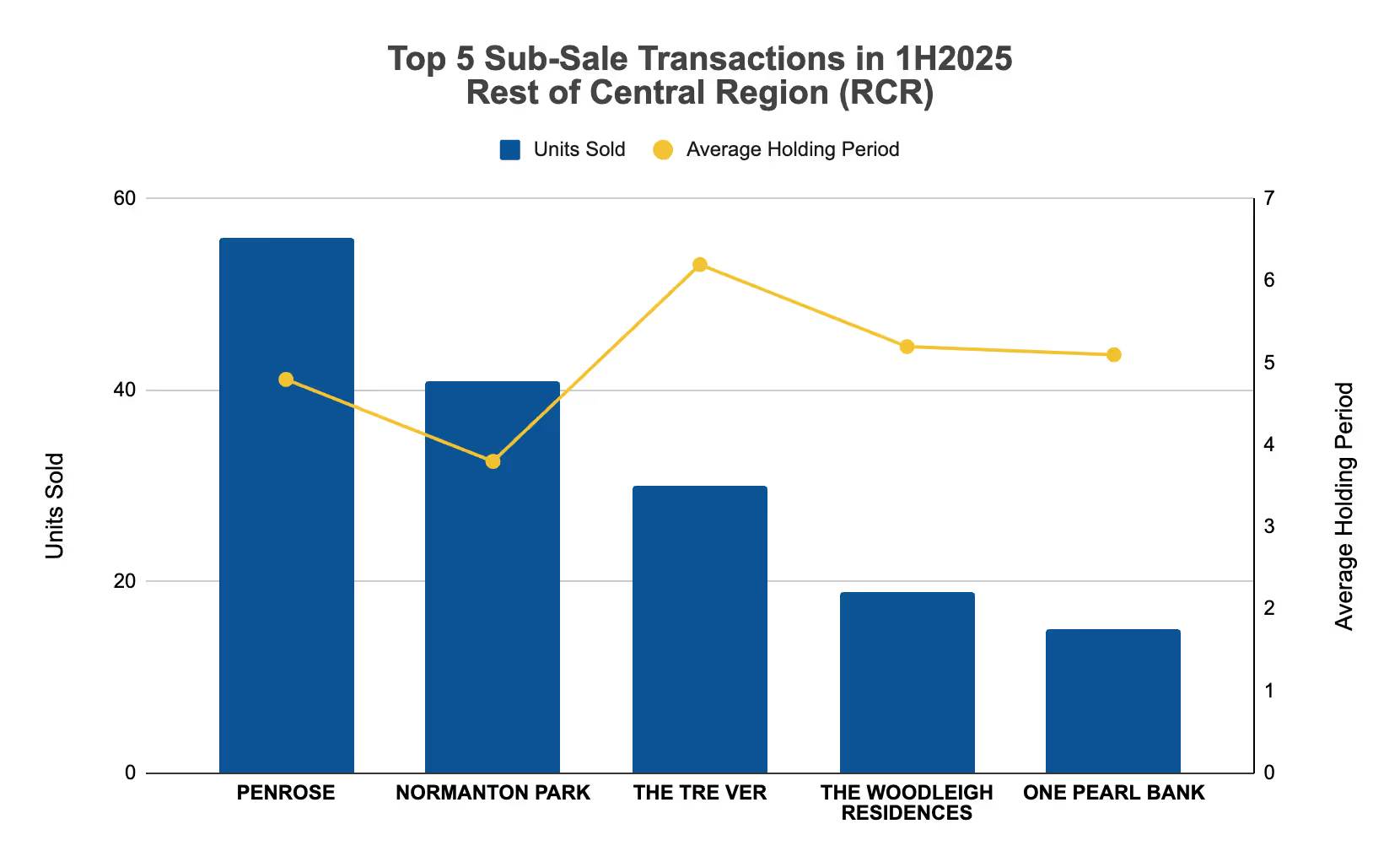
Rest of Central Region (RCR): ~5.2 to 6.2 years
Many in this group are HDB upgraders or families planning for the long haul — often staying beyond 5 years to let the property appreciate.
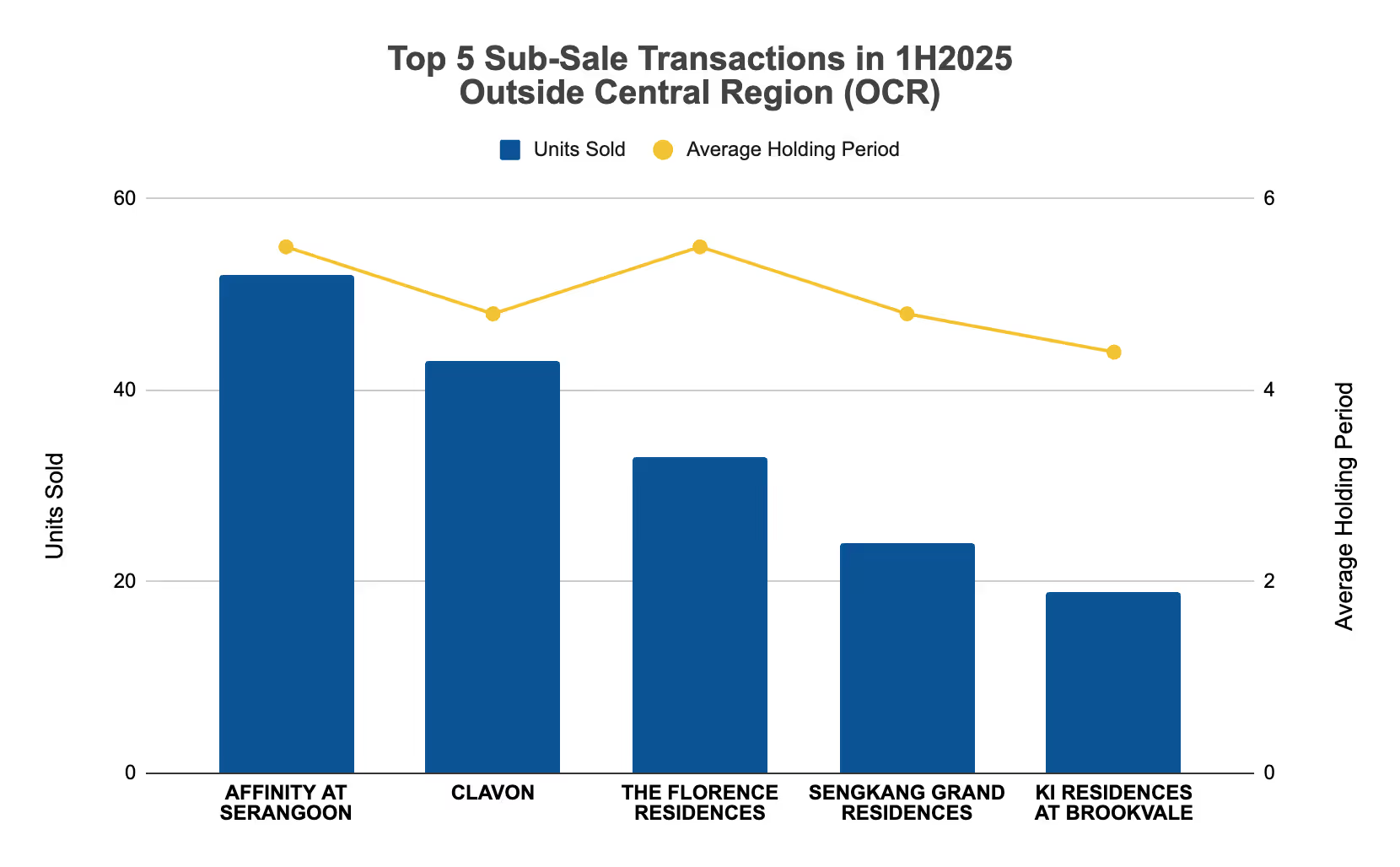
Outside Central Region (OCR): ~4.4 to 5.5 years
OCR properties are mostly owner-occupied or held for long-term rental yields, making them naturally more resistant to flipping behavior
This confirms what agents have observed on the ground where most buyers already intend to hold for at least 4–5 years, either for own stay or to ride out the full appreciation cycle.
Illustrative Examples: Who Pays More?
Let’s look at the revised SSD’s real-world cost implication:
Case 1: Quick Flip within 1 Year
Jansen buys a new launch unit in Aug 2025 at $2 million. He tries to sell it by March 2026 due to market optimism.
➤ This significantly eats into his profits and may even result in a net loss after other transaction costs.
Case 2: Exit within 2 Years
Marcus buys a unit in Aug 2025 but needs to relocate for work by June 2027 (holding period: 1 year 10 months).
➤ While unintentional, the timing of his exit results in a higher SSD hit.
Case 3: Long-Term Stay
Clara, a HDB upgrader, bought her condo in September 2021 and plans to sell in March 2026.
- Holding period: 4 years 6 months
- SSD payable: $0
➤ Clara’s sale remains unaffected — the revised SSD does not penalize those holding for more than four years.
The Bigger Picture
With these case studies, it’s clear that:
- Only short-term sales within 4 years are affected
- Most buyers already fall outside the new SSD range
- The increased SSD simply reinforces what’s already industry best practice: Buy smart, hold long, exit profitably
The SSD hike acts more as a deterrent than a disruption – and it protects the market from sudden, speculative supply shocks that could otherwise destabilize prices in the resale segment.
In summary, if you're a genuine homeowner or a long-term investor, you're in a strong position… and this policy could even benefit you by reducing competition from short-term sellers.
Analyst & Agent Sentiments
Despite the numerical increase, many analysts and top agents believe the impact will be limited:
“Hang tight. We’ve always pitched for a 3–5 year hold. This measure won’t hurt our buyers.”
“This is a prudent step to pace out the supply of resale units. In fact, it protects current owners from oversupply in the near term.”
“The same framework we had in 2011. And between 2011 and 2013, property prices surged 21.7% despite SSD. Long-term trends still matter most.”

Indeed, the property market has matured and today’s buyers are typically more financially prudent and less speculative. Even in the past, the SSD did not drastically suppress demand. Price indexes show steady appreciation of 99.3% from 2011 to date.
Why This Move Now?
Singapore’s property market remains healthy and well-managed, but with more than 30,000 units launching over the next two years, there’s a need to:
- Control sudden inflow of resale units
- Deter speculative flipping upon TOP
- Maintain market confidence and price stability
We believe that the government sees this not as a cooling brake but a safety shield to prevent irrational spikes and safeguard long-term value.
Will Prices Fall?
Unlikely. URA flash estimates for 2Q2025 show a +0.5% uptick, following +0.8% in 1Q2025. Developers remain cautious with launches, and demand remains healthy.
This means:
- No panic selling
- Homeowners feel safer
- Investors remain confident
What Should Buyers & Sellers Do?
If you're an owner or buyer thinking about entering or exiting the market:
✅ Hold with confidence – If your timeline is >4 years, this doesn’t affect you.
✅ Avoid knee-jerk exits – Selling early comes at a steep cost.
✅ Think strategically – This policy is a cue to pace your real estate plans wisely.
✅ Speak with your agent – Understand your optimal holding strategy for your specific unit.
Final Word from Us
We welcome this SSD revision as a prudent step that aligns with our core advice: invest with a 4–5 year horizon in mind. In fact, this new structure creates a more stable environment for current sellers by limiting oversupply, supporting pricing power in the resale market.
A safer, healthier market benefits everyone.
If you’d like to understand more on how this change affects your property portfolio, or how to time your next move smartly, our experienced team is ready to guide you.
📞 Contact Us Today
📧 hello@propertygiant.com

